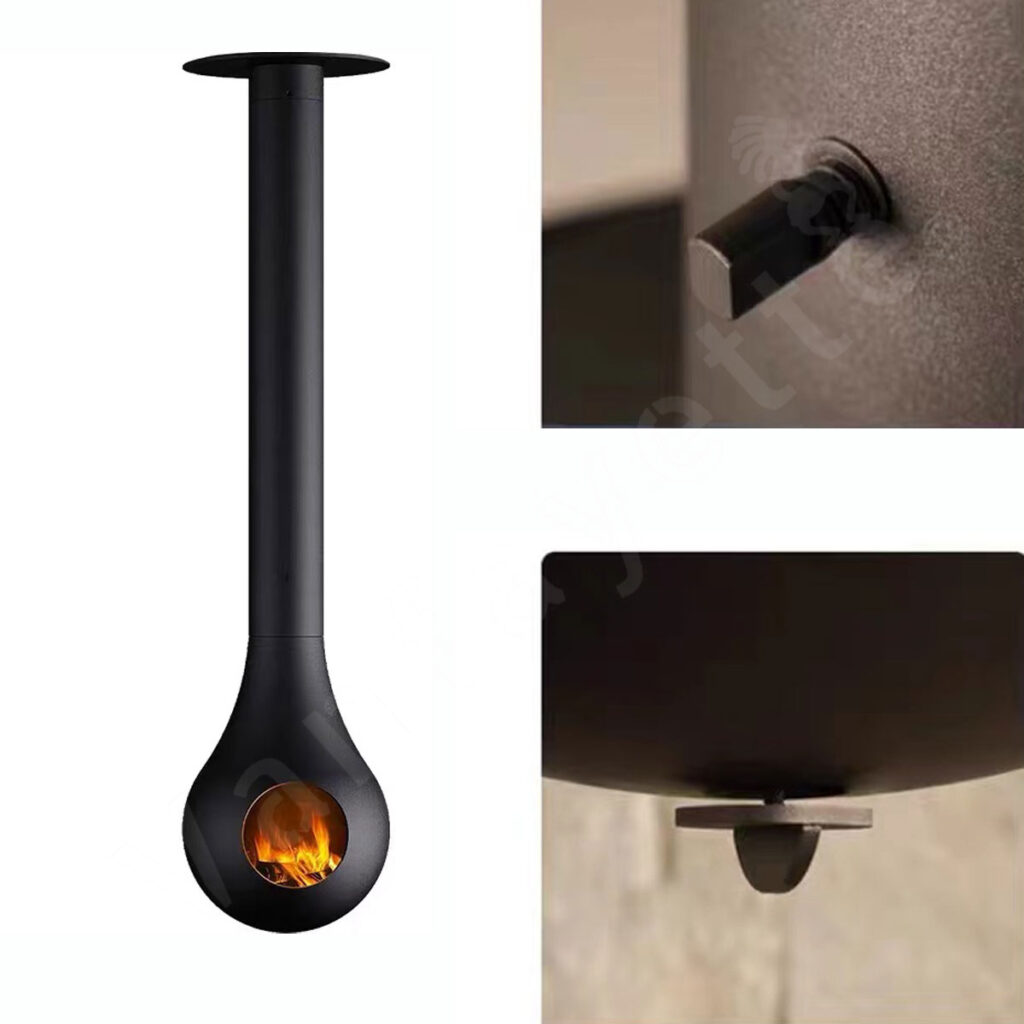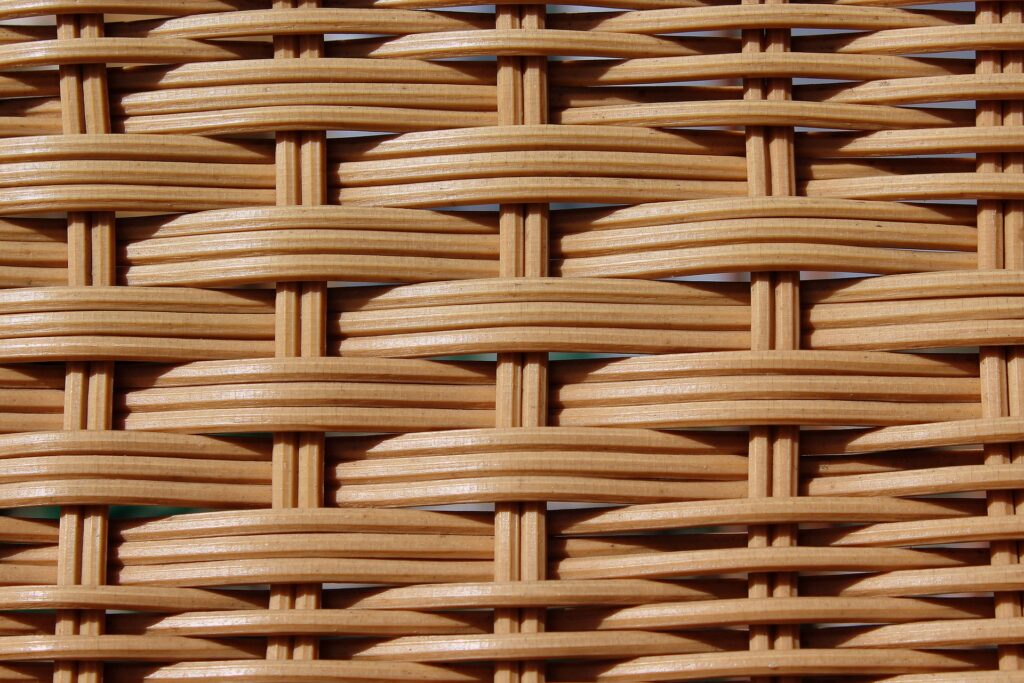An indoor fireplace is more than just a heating source—it’s the centerpiece of a home, bringing warmth, comfort, and a touch of timeless design. But are you still falling for cheap indoor fireplaces just because the pictures look convincing? While budget options might seem attractive upfront, they often carry hidden problems that surface only after installation. Understanding these pitfalls can save you from wasted money, damaged reputations, and years of frustration.
Pictures Look Similar, But Materials Tell the Truth
Scroll through online listings, and you might think all fireplaces look the same. In reality, the differences lie in the raw materials, craftsmanship, and molds. High-quality fireplaces are built with premium-grade steel, durable fire-resistant glass, and advanced coatings designed to withstand extreme heat and long-term use. Cheaper models, on the other hand, often use substandard steel, thin panels, or low-cost coatings that peel or warp after a single season.
In customer use, these differences quickly become obvious. Premium fireplaces hold their shape, maintain consistent heat, and last for decades years. Cheap alternatives crack, warp, and discolor within months, leaving homeowners disappointed.

Where Does the Low Price Come From?
The global market will always have low-priced options, but the real question is: what corners were cut to reach that price?
- Material substitution: Imported refractory bricks glass and coatings are often swapped with domestic materials that don’t meet QC standards. These changes are invisible in product photos but obvious once the fireplace is in use.
- Shortened finishing processes: Instead of a five-step polishing procedure, some factories settle for one step, creating products that only “look right” but fail under real conditions.
- QC compromises: Items that fail quality inspection may be patched up and shipped out anyway, mixed into final orders to reduce waste and save costs.
When buyers wonder how one supplier can be half the price of another, the answer is usually hidden here.
The Hidden Costs of Selling Cheap Fireplaces
If you’re a retailer, distributor, or brand owner, the decision to sell cheap fireplaces doesn’t just affect your short-term profits—it impacts your entire business.
- Brand Image Damage: Customers will associate your name with poor quality, making it difficult to build trust.
- Reputation Risks: In the age of online reviews, one defective product can spread rapidly and hurt your entire chain or store reputation.
- High Returns and Complaints: Lower-quality fireplaces mean more customer complaints, refunds, and warranty claims.
- Unseen After-Sales Costs: Every return, repair, and extra customer service hour eats into your profit margin.
What looked like a bargain at first quickly becomes a financial burden.
Chinese Suppliers: Not All Are the Same
After decades of industry development, Chinese suppliers no longer represent a single standard. There is a clear divide:
- High-End Suppliers: These manufacturers invest in raw material supply chains, advanced equipment, and rigorous QC processes. Many even set the benchmarks for quality standards in the global industry.
- Low-Cost Suppliers: These factories prioritize speed and low prices, often sacrificing durability, consistency, and craftsmanship.
If you can’t distinguish between these two tiers, you risk endless hidden costs. The right supplier may come with a higher upfront price, but it guarantees reliability, safety, and long-term customer satisfaction.
What Defines a Good Wood-Burning Fireplace?
A quality wood-burning indoor fireplace is not defined by appearance alone. The essence lies in efficiency and engineering. A well-made fireplace should:
- Burn less wood while extending burn time.
- Deliver stable, sufficient, and comfortable heat.
- Resist warping, cracking, or discoloration even after years of use.
Achieving these results isn’t possible through shortcuts. It requires high-grade materials, precision molds, and skilled craftsmanship. Cheap fireplaces, built to mimic the appearance of quality, simply cannot replicate these details. That’s why price differences reflect hidden investments in quality and durability.
Why Cheap Means Expensive in the Long Run
Choosing a cheap indoor fireplace might seem like saving money today, but it’s often the opposite. The problems—premature wear, high maintenance costs, product recalls, and damage to your reputation—can end up costing you far more than a premium option ever would. Real value comes not from the lowest price tag but from longevity and trust.
Final Thoughts
Cheap indoor fireplaces may look like a good deal online, but the hidden problems—poor materials, compromised QC, and lack of durability—make them a risky investment. As a retailer or consumer, choosing the right product means safeguarding not just your budget but also your comfort, safety, and peace of mind.
At CG OUTDOOR, we focus on premium materials, strict quality control, and craftsmanship that ensures our fireplaces stand the test of time. Because in the world of fireplaces, cheap is never truly cheap—it’s costly in ways that matter most.



